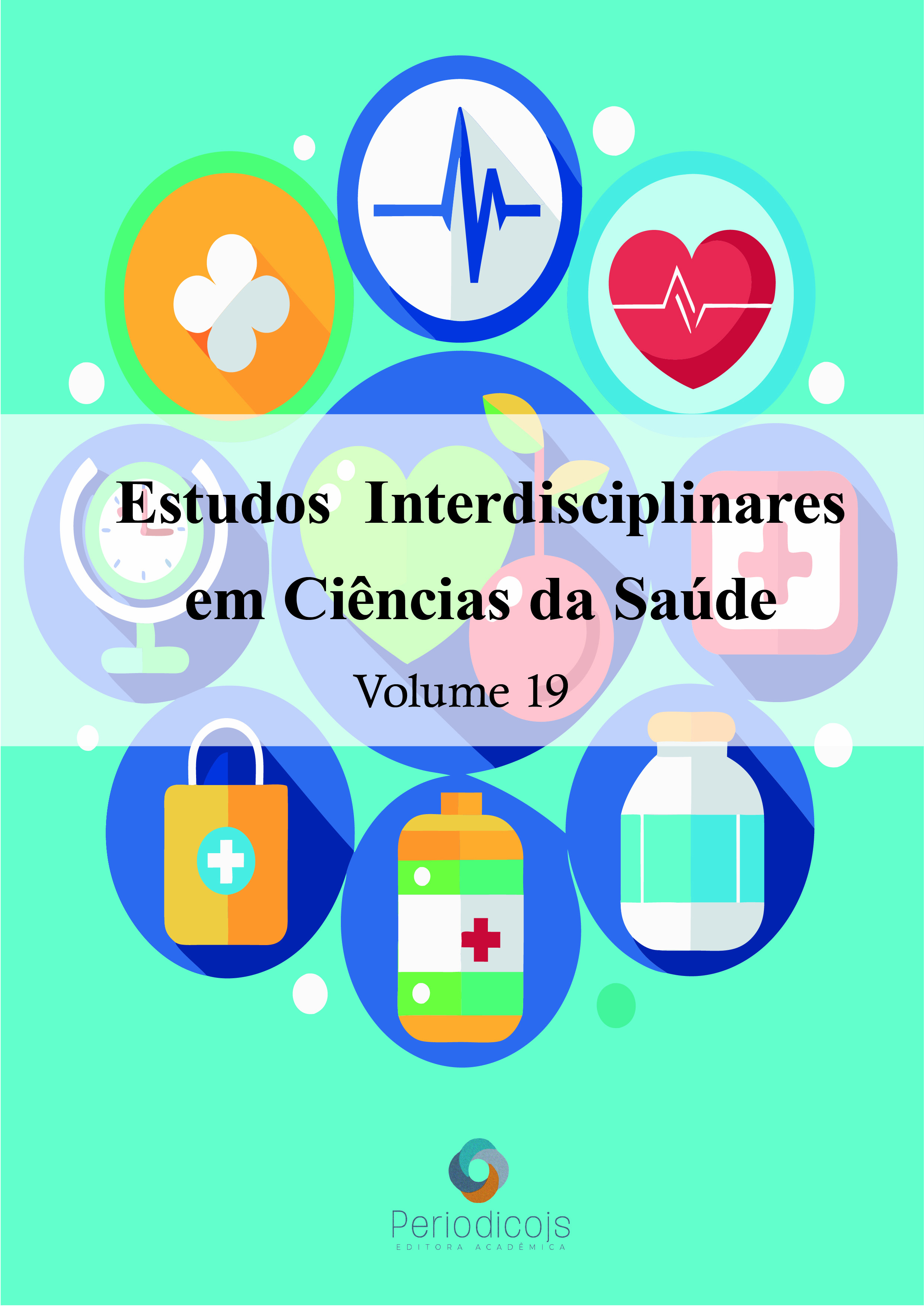Abstract
The present study refers to a real case report, in which a bioethical analysis develops, from the perspective of principle, in the environment of a pediatric intensive care unit, with the objective of discussing the distances practiced in the medical scenario and the decision making of those involved in this case. The Scientific Electronic Library Online (Scielo) and Pubmed to review literature review was performed on Scientific Electronic Library. Dystanasia consists of a treatment that only prolongs pain, making any investment in cure an aggression to the dignity of the human person. When the patient is a child near death, the difficulty of professionals becomes even greater. Therefore, greater attention is required to the curriculum, raising discussions and reflections on the subject, in order to enable professionals to deal with finitude and play their role of offering support and comfort, as well as helping families identify what Quality of life means to them and how it is possible to reach it.
References
BARBIERI, A.G. Distanásia em crianças: significados atribuídos por médicos de unidades de terapia intensiva. Dissertação de mestrado em processos de desenvolvimento humano e de psicologia. Universidade Federal de Santa Maria, RS. 2014.
BEAUCHAMP, T. L.; CHILDRESS, J. F. Princípios de Ética Biomédica. São Paulo: Loyola, 2002.
BIRCHLEY, G. “The theorisation of ‘best interests’ in bioethical accounts of decision-making.” BMC medical ethics, v. 22,1 n. 68. jun. 2021.
CANO, C. W. A. et al. Finitude da vida: compreensão conceitual da eutanásia, distanásia e ortotanásia. Revista Bioética, v. 28, n.2, p. 376-383, 2020.
CASTRO, M. P. R. et al. Eutanásia e suicídio assistido em países ocidentais: revisão sistemática. Revista Bioética, v. 24, n. 2, p. 355-367, 2016.
CONSELHO FEDERAL DE MEDICINA (CFM). Código de Ética Médica: Resolução CFM no 2.217, de 27 de setembro de 2018, modificada pelas Resoluções CFM no 2.222/2018 e 2.226/2019 / Conselho Federal de Medicina – Brasília: Conselho Federal de Medicina, 2019.
CONSELHO FEDERAL DE MEDICINA DO ESTADO DE SÃO PAULO. Código de Ética Médica. São Paulo: CREMESP, 2018. Disponível em: http://www.portalmedico.org.br/novocodigo/. Acesso em: 02 mai. 2023.
FELIX, Z. C. et al. Eutanásia, distanásia e ortotanásia: revisão integrativa da literatura. Ciência & Saúde Coletiva, v. 18, n. 9, 2013.
FERREIRA, A. C. S. et al. Comunicação entre médico e paciente frente ao diagnóstico. Revista Interdisciplinar Pensamento Científico, v. 4, n. 1, 2018.
GABARRA, L. M. CREPALDI, M. A. A comunicação médico-paciente pediátrico-família na perspectiva da criança. Psicologia Argumento, v. 29, n. 65, p. 209-218, 2011.
JAMESON, J. L. et al. In: Harrison Medicina Interna, v.2. 20ª. Edição. Rio de Janeiro:McGrawHill, 2020.
PASTURA, P. S. V. C.; LAND, M. G. P. Decisões Dilemáticas em Pediatria. DIVERSITATES International Journal, v. 8, n. 1, 2016.
PINTO, L. M. O. Comunicação pediatra, paciente e acompanhante: uma análise comparativa entre níveis assistenciais. Dissertação de mestrado em processos de desenvolvimento humano e de saúde. Universidade de Brasília, DF. 2010.
REGO, S., PALÁCIOS, M., and SIQUEIRA-BATISTA, R. A bioética e suas teorias. In: Bioética para profissionais da saúde [online]. Rio de Janeiro: Editora FIOCRUZ, 2009. Temas em Saúde collection, pp. 39-62. ISBN: 978-85-7541-390-6.
SALOMÃO, M.S. et al. Principialismo no exercício da medicina e em processos ético-profissionais. Revista Bioética, v.29, n.1, p.100-106, 2021.
SILVA, J. A. C. et al. Distanásia e ortotanásia: práticas médicas sob a visão de um hospital particular. Revista Bioética, Brasília, v. 22, n. 2, p. 358-366, Aug. 2014
SILVA, L. A. et al. Obstinação terapêutica: quando a intervenção médica fere a dignidade humana. Revista Bioética, v. 29. n.1, p. 798-805, 2021.

